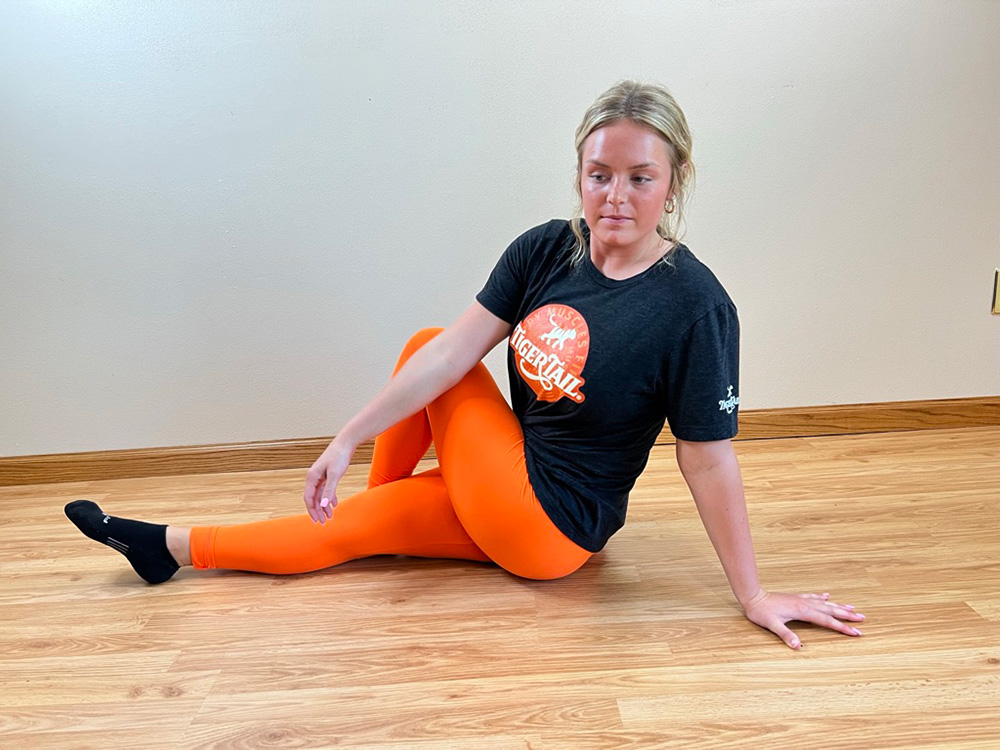
Most gym-goers believe that the key to making the most of their workouts is training hard, day in and day out.
Though intense exercise is essential, if you don’t give your body a chance to recover between sessions, you’ll be setting yourself up for a great setback.
Proper recovery is just as crucial to improving your fitness gains as the actual workout. And what you do in the hour following your session has the most significant impact on your results.
Instead of limping around because your muscles are too sore from yesterday’s workout, try the following tips to help your body bounce back faster so you can hit the gym stronger, faster, and more refreshed than ever.
Your first step toward post-workout recovery is to replace fluids you lost through sweating.
Proper hydration is a crucial part of recovering from a workout—it lubricates your joints, reduces core temperature, lowers heart rate, eases fatigue, helps prevent muscle cramps, aids in muscle repair, and keeps your digestive system working properly.
How much water you need to optimize recovery depends on many factors such as your workout intensity, fitness level, age, weather conditions, etc. but as a general rule, drink plenty of water before, during and after workouts.
To gauge your hydration needs, weigh yourself both before and after a workout, then replace the loss. Aim to drink 16 to 24 ounces of water per pound of bodyweight lost form exercise.
To get a better picture of your hydration needs, use the pee test. If your pee is the color of lemonade or light, you’re most likely well hydrated, but dark urine usually means that you need more water.
The science behind the effectiveness of stretching post-workout for recovery is still inconclusive, but it still has a place in your routine.
Stretching post-workout—when your muscles are warm and joints well lubricated—helps boost blood flow and allows the breakdown of lactic acid released during the workout.
As a rule, spend most of your time stretching the muscle groups worked the hardest during your workout. For example, after a run, focus on your main running muscles. That includes your hip flexors, hamstrings, quadriceps, piriformis, and lower back.
It won’t burn off a lot of your time to go through circuits of 4 to 6 of your favorite static stretches after your workout. Hold each stretch for 20 to 30 seconds, then repeat the circuit if you have more time.
A lot of soreness that comes with hard training occurs when your muscle and fascia— the thin tissue that links up your muscles, helping them work as integrated units —become knotted.
Here’s the good news. Foam rolling, also known as myofascial release, may help release stress in your fascia and regain integrity in muscle tissue. And can be done with a variety of different tools including stationary foam rollers, hand-held massage tools, foam roller balls, bolster/swim noodle-type foam rollers and more.
What’s more?
Foam rolling is also an excellent way to wind down after a long day and prepare for a good night’s sleep.
So how do you foam roll the right way?
Keep it simple and systematic.
Foam roll your big muscle groups—the legs, glutes, and back—moving only a few inches. Divide your muscle groups into three sections—top, middle, and bottom. Give each segment a few passes up and down, then move to the next, then roll the entire length of the targeted muscle.
But what if it’s painful?
When you come up with one that’s particularly tender or painful, pause there and try to relax. Give it at least 10 to 30 seconds, and the muscle should release—or at the very least feel less tight.
Just as it’s vital to replace the fluid loss, you should also replenish your body with the right nutrients following a workout. This is especially the case when you’re lifting heavy weights or logging in some serious miles.
To start the repair process, eat something within half an hour of a workout. Research shows that refueling during this so-called “recovery window” is key because your body’s cells are primed for nutrients within that timeframe.
Research also emphasizes consuming the right nutrients—and these
consist of carbohydrates and protein. Carbs, stored as glycogen and serves as the primary source of energy while exercising, and protein, which provides the amino acids used to repair and rebuild tissue damage.
As a general rule, opt for a 3:1 or 4:1 ratio of carb to protein. Good examples include:
There you have it! The above guidelines are all you need to get you started on maximizing recovery from your workouts. You need to implement them into your daily routine as soon as possible. The rest is just detail.
Please feel free to leave your comments and questions in the section below.
In the meantime, thank you for dropping by. Keep Training Hard.
© 2024 Tiger Tail USA. All Rights Reserved.